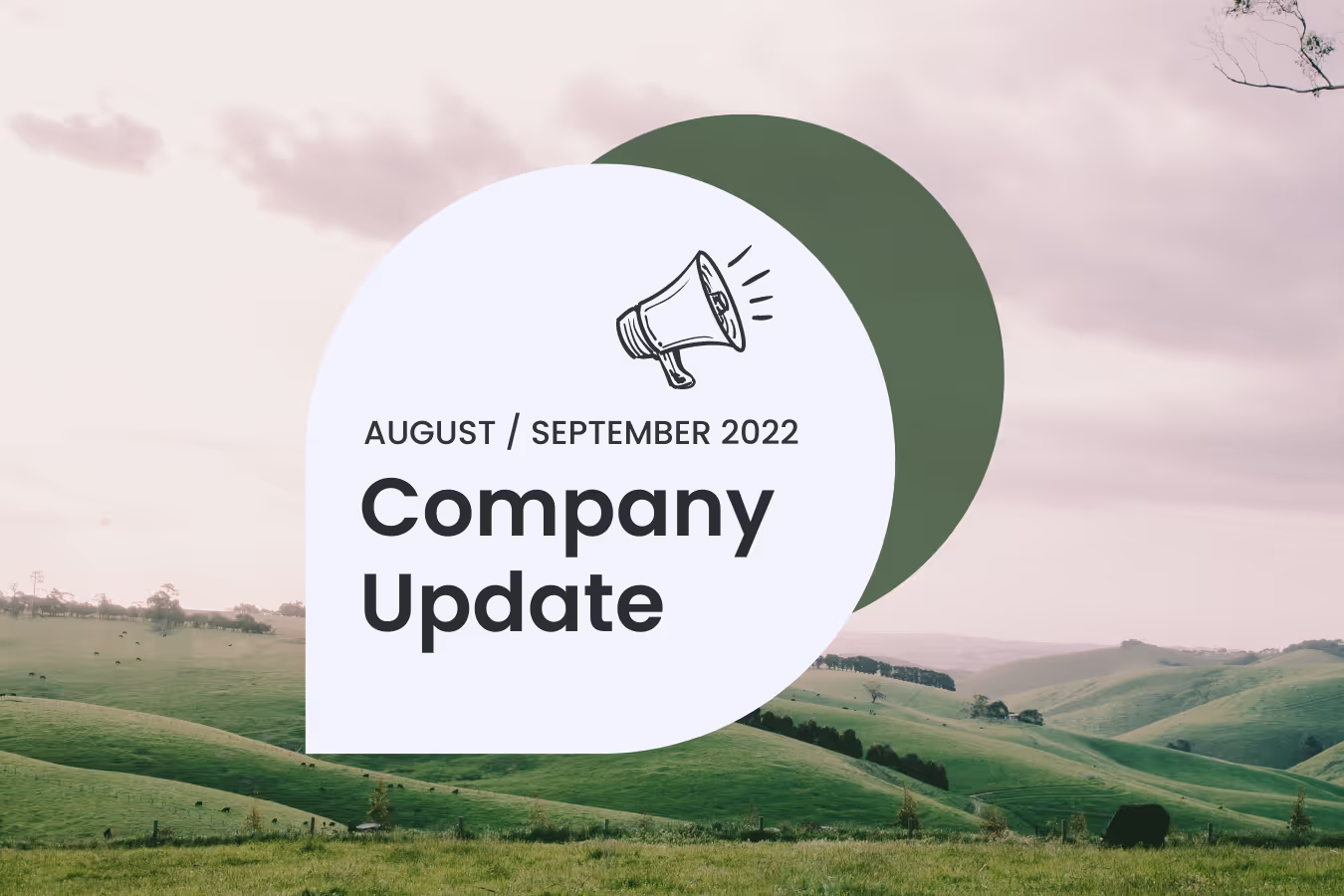
Download Our Latest Whitepaper:
Operational and Capital Ecoservice Accounting Standards for Farm Carbon
The last month has been all about the launch of our latest publication that we authored on behalf of Agrifutures; A farmer’s handbook to on–farm carbon management. The handbook offers practical information...

Written by Philip Mulvey, Carbon Count Founder and CEO
The last month has been all about the launch of our latest publication that we authored on behalf of Agrifutures; A farmer’s handbook to on–farm carbon management. The handbook offers practical information on Australian carbon farming and carbon management schemes that cuts through the noise, and helps primary producers across the country identify which government–regulated on–farm carbon management and carbon farming practices are suitable for them. You can now download a free copy of the handbook or order a hardcopy via Agrifutures.
The team is also getting excited to introduce our latest platform capabilities and rejoice with the emissions reduction community at the upcoming Australian Emissions Reduction Summit 2022 at Sydney’s ICC, hosted by the Carbon Market Institute. For nearly a decade, the summit has been an important forum for discussion on climate and regional realities, as well as the investment required for a just and inclusive transition to a net zero economy. It brings together all market participants, a broad spectrum of national and international business leaders and professionals, as well as leaders from all levels of Australian government. You can find out more about it on their event page.
In other news, we’re delighted to see a steady rate of new signups to the Carbon Count Platform with more users leveraging our Full Viability Assessment tool to gain an in–depth understanding of the economics of their soil carbon project and how to structure their project. You can find out more about our Project Assessment tools here.
We’re also hosting a webinar together with Hydroterra this Friday 16th of September on “measurement, modelling & error in soil carbon farming”. Register and join us to learn about current soil carbon farming practices nationally and internationally, the advantages and disadvantages of the various approaches to estimating carbon as well as available techniques and technologies, now and in the future.
Till’ next month!
Phil